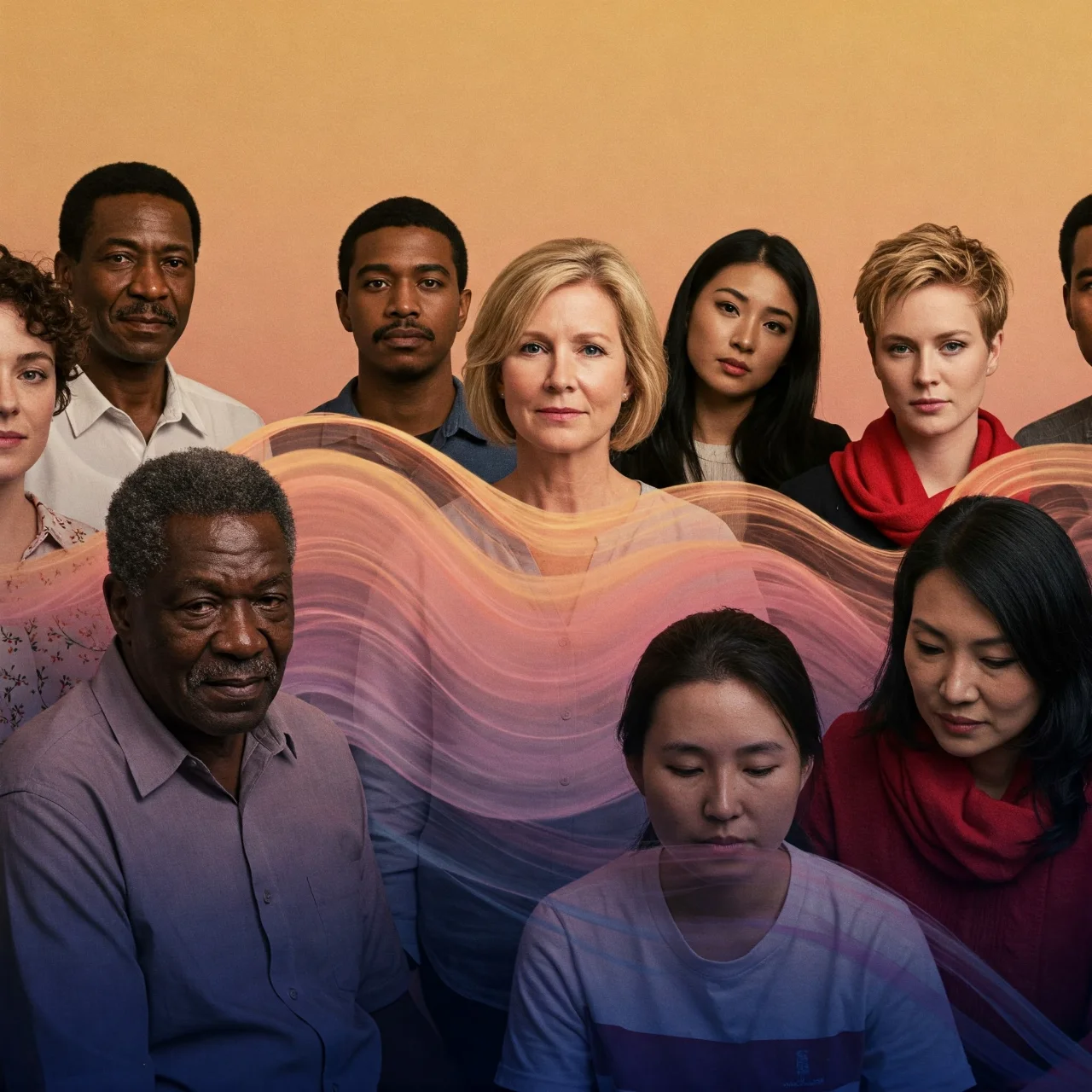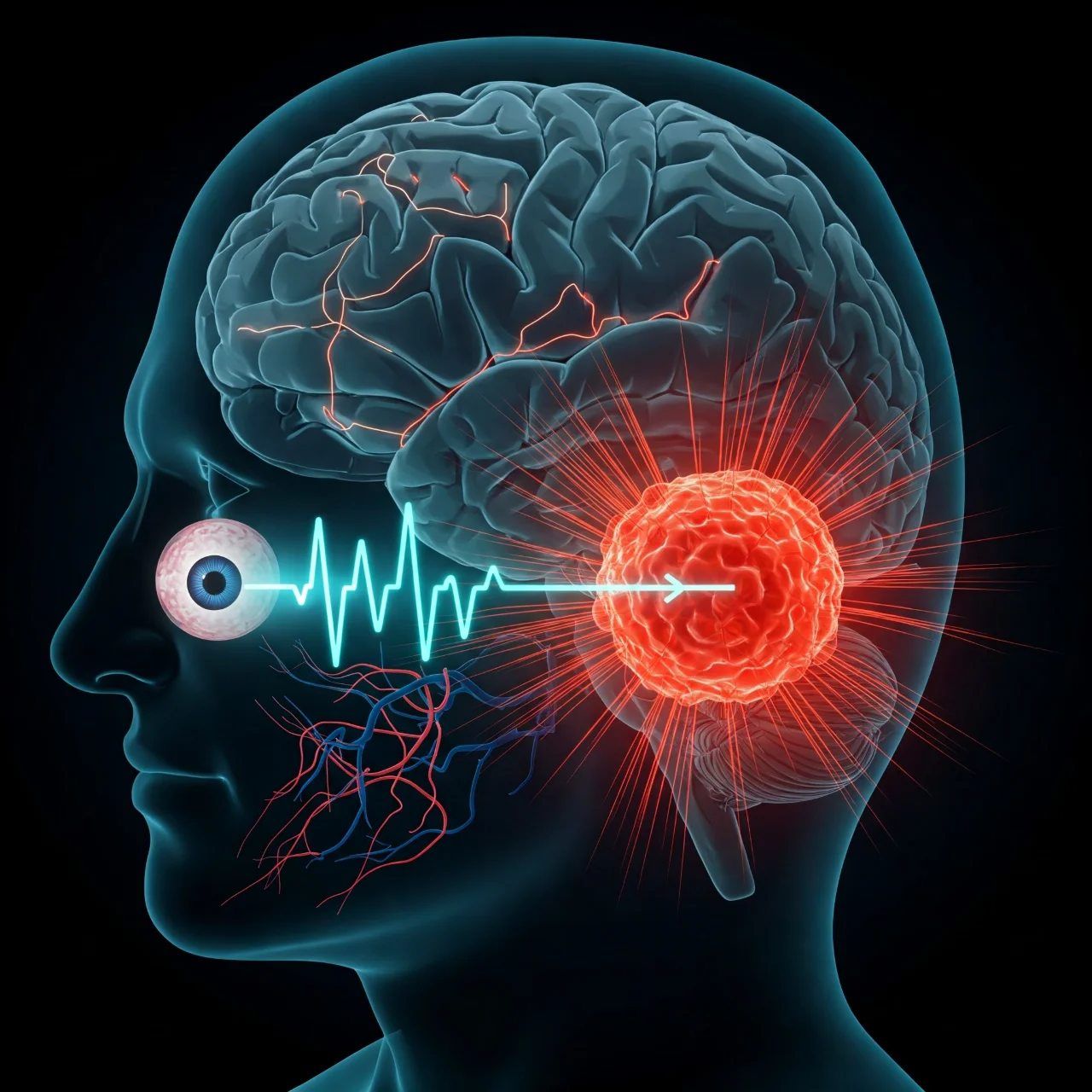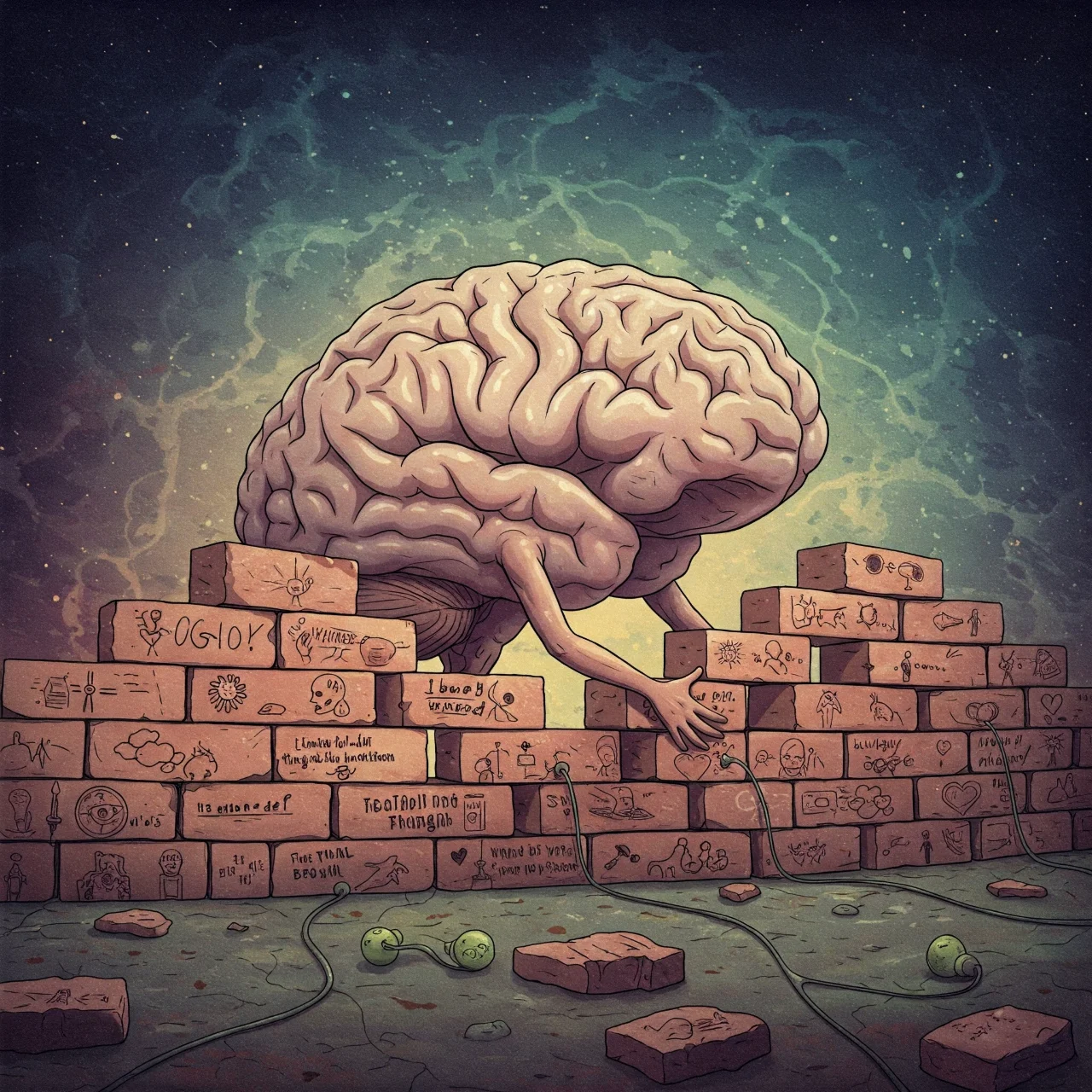30 Mind-Blowing Facts About Human Emotions & The Science of Feelings

Uncover the fascinating science of emotions! Explore 30 surprising facts about human feelings, how they impact us, and the latest emotion research. Discover the power of your feelings!
The Emotional Brain Predates Thought

Believe it or not, the limbic system – the brain region largely responsible for emotions – evolved *before* the neocortex, the part associated with higher-level thinking. This suggests our emotional responses are older and more fundamental than rational thought, shaping our initial reactions before logic intervenes. This highlights why emotions can feel so visceral and immediate.
Emotions Are Contagious – Literally

Emotional contagion, the phenomenon of 'catching' feelings from others, is linked to mirror neurons. These neurons fire both when *we* experience an emotion and when we *observe* someone else experiencing it. This neurological mirroring explains why laughter, sadness, and even anxiety can spread quickly through groups. https://www.ncbi.nlm.nih.gov/pmc/articles/PMC2726852/
We Experience 'Emotional Blends'
Rarely do we feel a single, pure emotion. Most emotional experiences are actually combinations of different feelings – what psychologists call 'emotional blends'. For example, awe is often a blend of surprise, fear, and joy. Understanding these blends is key to a more nuanced understanding of our internal world.
Your Body Reacts Before Your Brain Knows

Emotional responses often happen *before* conscious awareness. The amygdala, the brain's emotional center, processes threats and triggers physiological responses (heart racing, sweating) before the information even reaches the cortex for conscious interpretation. This explains gut feelings and instinctive reactions.
Emotions Impact Memory Accuracy
Our emotional state dramatically influences how we encode and recall memories. Highly emotional events (both positive and negative) are often remembered more vividly, but are also more susceptible to distortions. This is because emotions trigger the release of hormones like cortisol, which affect memory consolidation.
Facial Expressions Aren't Universal (Entirely)

While some basic facial expressions (happiness, sadness, anger, fear) are largely recognized across cultures, research shows that cultural display rules *do* influence how and when we express emotions. Some cultures suppress certain expressions, while others exaggerate them. https://www.apa.org/monitor/2019/02/culture-facial-expressions
Music Directly Affects Emotional Brain Centers
Listening to music activates reward centers in the brain like the nucleus accumbens, releasing dopamine and inducing feelings of pleasure. Different types of music stimulate different brain regions, explaining why certain melodies evoke specific emotions – from joy and nostalgia to sadness and melancholy.
The Vagus Nerve Holds Emotional Keys
The vagus nerve, the longest cranial nerve, plays a crucial role in regulating emotions. It connects the brain to many major organs and influences the parasympathetic nervous system – responsible for calming the body down after stress. Strong vagal tone is linked to better emotional regulation.
Emotions Can Be 'Reappraised'

Cognitive reappraisal – the process of changing how you think about a situation – can significantly alter your emotional response. By reframing a stressful event as a challenge rather than a threat, you can reduce negative emotions and increase resilience. This is a core principle in Cognitive Behavioral Therapy (CBT).
Smiling Can Trick Your Brain
Even a forced smile can slightly improve your mood. The act of smiling triggers the release of endorphins, natural mood boosters. While it's not a cure-all, intentionally smiling can provide a temporary lift, especially during difficult moments.
We Have 'Emotional Antibodies'

Repeated exposure to negative emotions can, surprisingly, build resilience – a sort of 'emotional antibody' effect. Experiencing and processing difficult feelings can strengthen our ability to cope with future stressors, promoting emotional growth.
Fear and Excitement Share Brain Activity

Interestingly, both fear and excitement activate similar regions in the brain, including the amygdala. The difference lies in how we *interpret* the physiological arousal. If we label the arousal as positive (excitement), we experience joy; if we label it as negative (fear), we experience anxiety.
Empathy Has a Biological Basis
Empathy isn’t purely a learned behavior; it has a neurological foundation. Brain imaging studies show that when we empathize with someone’s pain, our own brains activate areas associated with experiencing that pain ourselves. This suggests a deep, innate connection between individuals.
Gut Bacteria Influence Emotion

The gut-brain axis is a bidirectional communication system linking the gut microbiome to the brain. Gut bacteria produce neurotransmitters like serotonin (the “happy chemical”), directly impacting mood and emotional well-being. A healthy gut microbiome is essential for emotional health. https://www.ncbi.nlm.nih.gov/pmc/articles/PMC6047393/
Emotional Suppression is Draining
Constantly suppressing emotions takes a significant toll on mental and physical health. It requires considerable cognitive effort, leading to increased stress, anxiety, and even weakened immune function. Healthy emotional expression, even of difficult feelings, is crucial for well-being.
Emotions Drive Decision-Making

Contrary to popular belief, decisions aren’t solely based on logic. Emotions play a powerful, often subconscious, role in shaping our choices. People with damage to brain areas involved in emotion processing often struggle to make even simple decisions.
‘Schadenfreude’ is a Real Phenomenon
Schadenfreude – the experience of pleasure derived from the misfortune of others – isn’t just malicious; it’s a complex emotional response rooted in social comparison and self-esteem. It often occurs when we feel threatened or insecure, and someone else's failure makes us feel relatively better.
Crying Releases Stress Hormones

Tears aren’t just water; emotional tears contain stress hormones like cortisol and prolactin. Crying helps the body eliminate these hormones, reducing stress and promoting emotional release. It’s a natural and healthy way to cope with difficult emotions.
The Color of Emotions is Subjective
While some color-emotion associations are common (e.g., red = anger), these are largely culturally influenced and personal. Individual experiences and associations shape how we perceive the emotional qualities of different colors.
Emotional Intelligence is Teachable
Emotional intelligence (EQ) – the ability to understand and manage your own emotions and those of others – isn't fixed; it can be developed through practice. Techniques like mindfulness, self-reflection, and empathy training can significantly improve EQ and lead to better relationships and overall well-being.
Emotions Can Improve Physical Performance

Moderate levels of arousal, driven by emotions like excitement or focused determination, can actually enhance physical performance. This is because emotions trigger the release of adrenaline, increasing energy and improving reaction time. However, *excessive* emotional arousal can be detrimental.
Lost in Emotion: The Focusing Illusion
When intensely focused on strong emotions, we often neglect other important aspects of our lives. This is called “the focusing illusion”. We overestimate the impact of the emotional event on our overall happiness, sometimes losing sight of other positive experiences.
Mirror Touching and Empathy

Studies show people unconsciously mimic the facial expressions of others, even when they can’t see them—responding to vocal tones and body language. This ‘mirror touching’ is a form of empathy at a very basic, neurological level, strengthening connections and understanding of feelings.
Emotions Impact Pain Perception
Emotional state profoundly influences pain perception. Negative emotions like anxiety and fear can amplify pain signals, while positive emotions like joy and optimism can reduce them. Pain itself triggers emotional responses, creating a complex feedback loop.
Emotional Regulation is a Skill

Successfully managing emotions isn't about suppressing them; it's about regulating them. Regulation involves recognizing emotions, understanding their triggers, and choosing healthy ways to respond. It’s a skill that improves with practice and self-awareness.
Collective Emotions Shape History

Mass emotional responses – like fear during a crisis or hope during a revolution – have profoundly shaped the course of history. Emotions can drive social movements, political decisions, and even wars. Understanding collective emotions is crucial for understanding society.
Emotions Can Cause Physical Symptoms
Unresolved emotional stress can manifest as physical symptoms like headaches, fatigue, digestive problems, and muscle tension. This mind-body connection highlights the importance of addressing emotional health alongside physical health. https://www.mayoclinic.org/healthy-lifestyle/stress-management/in-depth/stress/art-20047537
Comments
Loading comments...